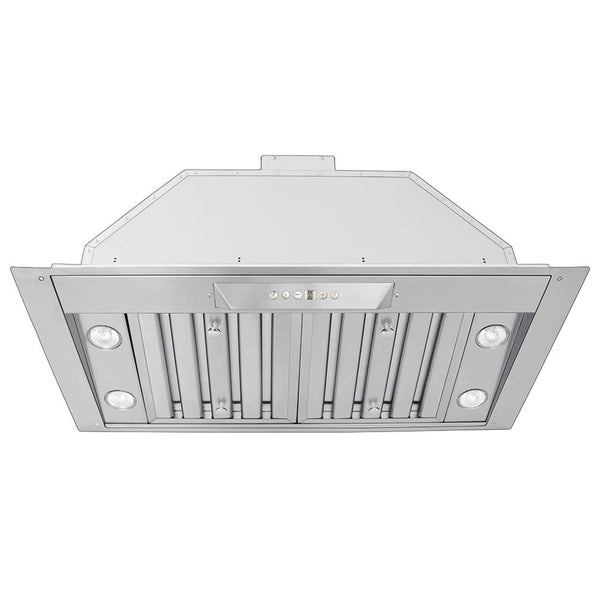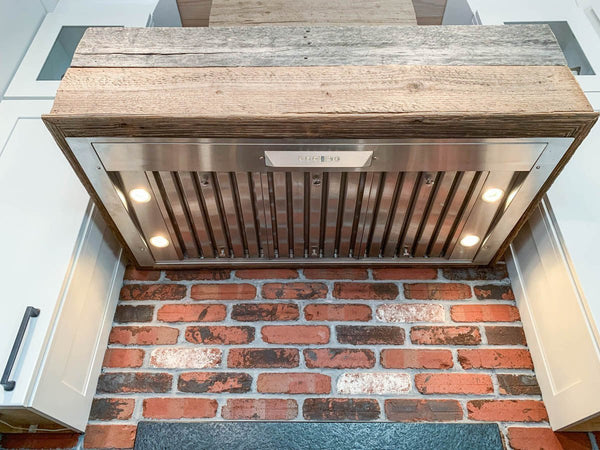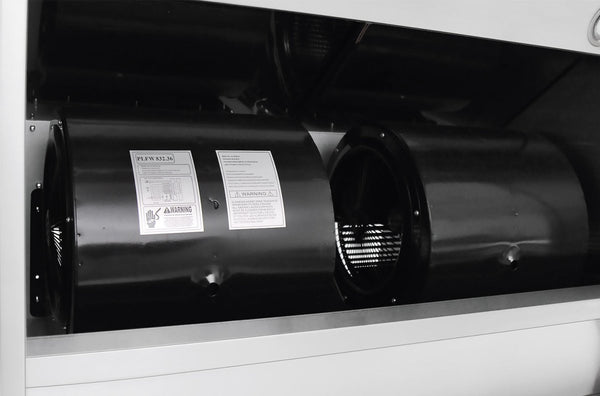Table of Contents
Don’t Turn Your Dream Kitchen Into a DIY Disaster
So, you’ve got yourself a stunning island range hood. Sleek, powerful, the perfect crown jewel for your kitchen. But before you go full send on installation, let’s talk about the mistakes that could turn your luxury upgrade into an absolute nightmare. We’re talking wobbly hoods, weak ventilation, and regrets strong enough to out-smoke a burnt steak. Avoid these seven sins, and your kitchen will thank you.
What to Avoid
1. Ignoring Proper Ceiling Support
Island range hoods aren’t light. If you anchor it to weak drywall or flimsy ceiling beams, you’re basically setting yourself up for an indoor demolition derby. Use strong ceiling joists or add reinforcements before mounting your hood. Trust us—this is one appliance you don’t want crashing down mid-dinner.
2. Misjudging the Ductwork Placement
Your island range hood needs proper ducting to actually vent out all that smoke, grease, and cooking chaos. Plan ahead—figure out if you’re venting straight up through the ceiling or taking a detour through your attic. If you get this wrong, you could end up with a hood that blows air back into your kitchen instead of out of your home.
3. Skimping on CFM Power
A weak hood in a busy kitchen is like a weak handshake—utterly disappointing. The bigger your range and the more you cook, the more CFM (cubic feet per minute) power you need. If your island hood can’t keep up, you’ll be marinating in smoke every time you cook. Don’t let weak ventilation ruin your chef ambitions.
4. Setting It Too Low (or Too High)
There’s a Goldilocks zone for mounting height—typically 30–36 inches above your cooktop. Too low? You’ll constantly be bumping your head. Too high? Your hood won’t effectively capture smoke and grease. Measure twice, install once.
5. Forgetting to Check Local Building Codes
Nothing kills a home project buzz faster than realizing your install doesn’t meet local regulations. Some areas have strict venting codes, especially for gas ranges. A quick check now saves you from costly rework later.
6. Rushing the Electrical Work
Your range hood needs power, and that means proper wiring. Whether you’re hardwiring it or plugging it in, double-check voltage requirements and ensure a professional (or at least someone who knows what they’re doing) is handling the job. A bad wiring job isn’t just annoying—it’s a fire hazard.
7. Forgetting Regular Maintenance Plans
Your island range hood is only as good as its maintenance. If you let grease build up, your filters clog, or your motor struggle, your once-powerful hood will slowly turn into an underperforming disappointment. Clean the filters monthly and give the whole unit a deep clean every few months. Your future self will thank you.
Tips for a Smooth Installation

Now that you know what not to do, here are some quick tips to ensure a smooth installation:
- Use a stud finder to locate ceiling joists before drilling.
- Double-check your measurements before cutting any holes for ductwork.
- Have an extra pair of hands—installing an island hood solo is a recipe for disaster.
- Seal your duct joints with aluminum tape to prevent air leaks.
- Test the hood before finalizing to ensure it functions properly and has good airflow.
Pre-Installation Checklist
Required Tools
- Stud finder
- Level
- Power drill
- Duct tape
- Wire strippers
- Voltage tester
- Safety equipment (goggles, gloves)
- Ladder
- Measuring tape
Required Materials
- Mounting brackets
- Duct materials
- Electrical supplies
- Sealant
- Support bracing
Essential Measurements
- Ceiling height
- Island dimensions
- Duct route length
- Electrical source location
Dodging these seven pitfalls will make sure your island range hood is the powerhouse centerpiece it’s meant to be.
Need help picking the perfect hood or have installation questions?
Get Expert Help











